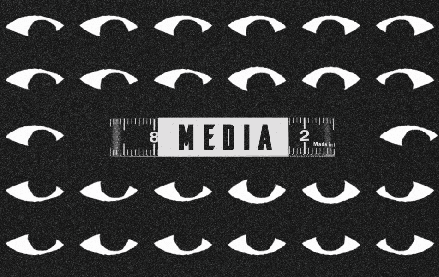This article is a WTF explainer, in which we break down media and marketing’s most confusing terms. More from the series →
The IAB Tech Lab’s seller-defined audiences specification is one of many, many digital ad industry efforts to replace the third-party cookie with purportedly privacy-friendly alternatives. It’s effectively a cohort-based targeting method packaged with a nutrition label for the corresponding ad targeting data.
Instead of a publisher sharing person-specific identifiers like cookie-based IDs or email addresses with advertisers, audiences are organized into groups based on categories like demographics, interests and purchase intents using IAB Tech Lab’s Audience Taxonomy standard. And advertisers can check the makeup of these seller-defined audiences by referencing the corresponding data transparency label that outlines who provided the audience data, what the audience segment is, how the segment was compiled and what the underlying data source is.
However, as the name “seller-defined audiences” implies, publishers are in charge of establishing these audience segments. This has become a cause of consternation among advertisers and agencies because some publishers might define the same audience differently than others or differently than a marketer, as outlined in the video skit above.
More in Media

The Trade Desk’s ‘premium internet’ shift stirs concerns among publishers over ad dollar allocation
The Trade Desk reassures that minimal authentication can still attract ad dollars, but many publishers remain skeptical of relying on UID 2.0 and ceding control over their data.

AI Briefing: Why WPP is adding Anthropic’s Claude models to its AI platform
Choosing which AI models to use has been a key factor for companies as they develop AI strategies for marketing and other applications.

Inside The New York Times’ plans to correlate attention levels to other metrics
There’s a lot of buzz around attention advertising right now, but The New York Times is trying to stay grounded even as it develops its own plans.




